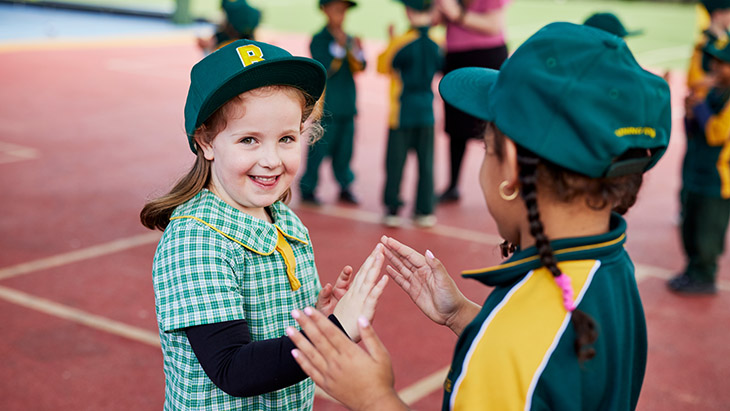Evidence-based strategies for thinking and cognition
Consider adjustments to communication style
Repeat and simplify instructions
Use simple words and repeat. Students may need a skill or activity broken down into smaller steps. Some students might need instructions repeated multiple times.
Use visual instructions
Visual instructions about how to do something might be needed. Consider demonstrating the task or asking another student to demonstrate. Another option is using a visual schedule, poster, or video to outline or model the task.
Some students may find it easier if they can use gestures
Some may need to point to the correct answer instead of talking.
Provide lots of opportunities to practise
Students may need to practise a task or behaviour many times
Time to practise in different settings and with different materials can help them to learn to use that skill in other situations.
Offer fewer tasks with more opportunities to practise
This is better than offering many tasks with little opportunity to practise.
Provide extra help
When a task is new, students will learn best with help (such as prompts, demonstrations, or encouragement). Gradually reduce this help as they become more capable.
Work collaboratively
Provide plenty of opportunities for students to work together
Other students can help a student with cognitive challenges by restating instructions or showing them how to do a task. Read more about teaching students how to ensure their own learning is not impacted when supporting a peer in our peer inclusion and group work guide.
Allocate specific tasks within the group
Consider assigning tasks so that a student can use modified materials or instructions if needed.
Consider adjustments to activities and rules
Aim tasks at current understanding
Aim tasks at the student’s current level of understanding so they can achieve success.
Consider what resources are used
Where appropriate, use concrete materials (such as images to supplement text, blocks to model maths), simplified text or visual guides outlining how to complete a task.
Make each session as structured as possible
Provide feedback
Provide effective feedback which is explicit and actionable
Provide effective feedback immediately when students are learning a task. Reduce this gradually as they become more capable.
Check understanding
Check for understanding by asking specific questions or asking them to repeat instructions.
